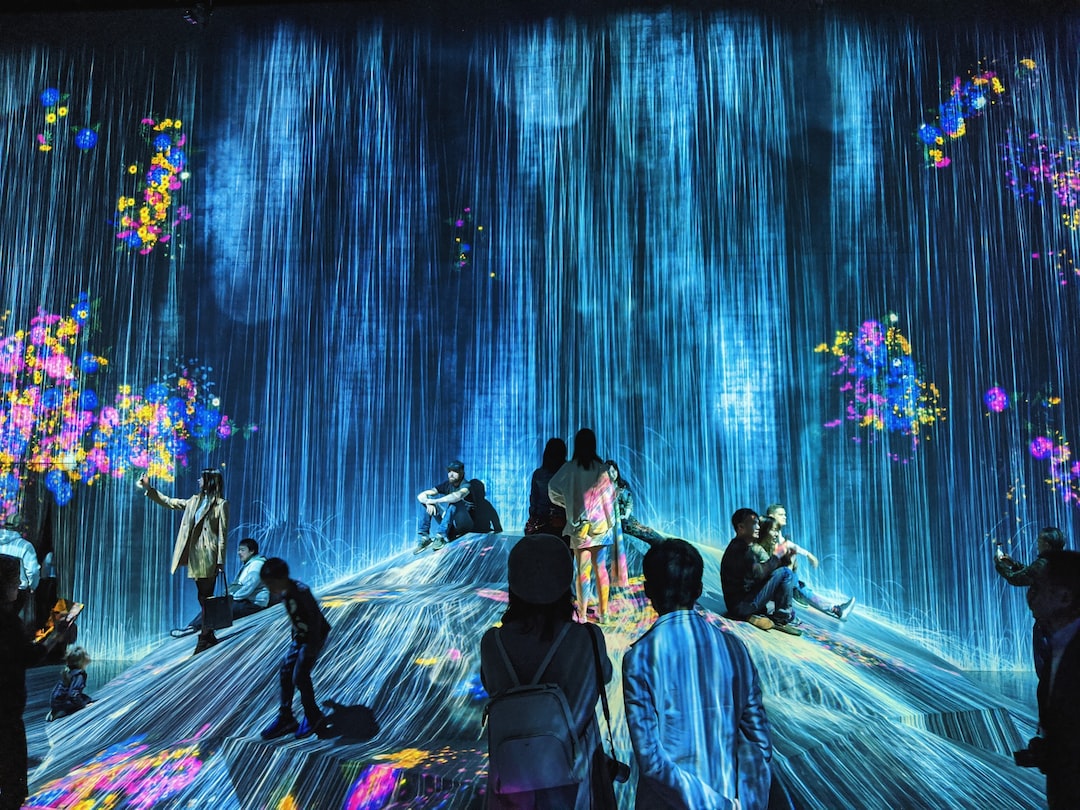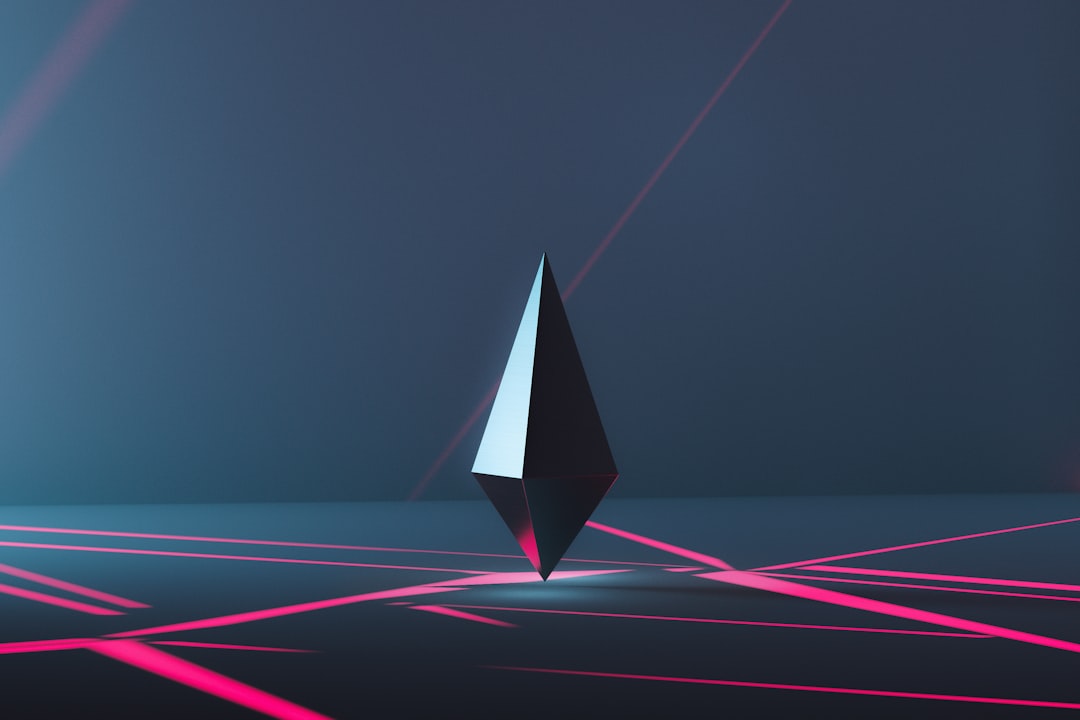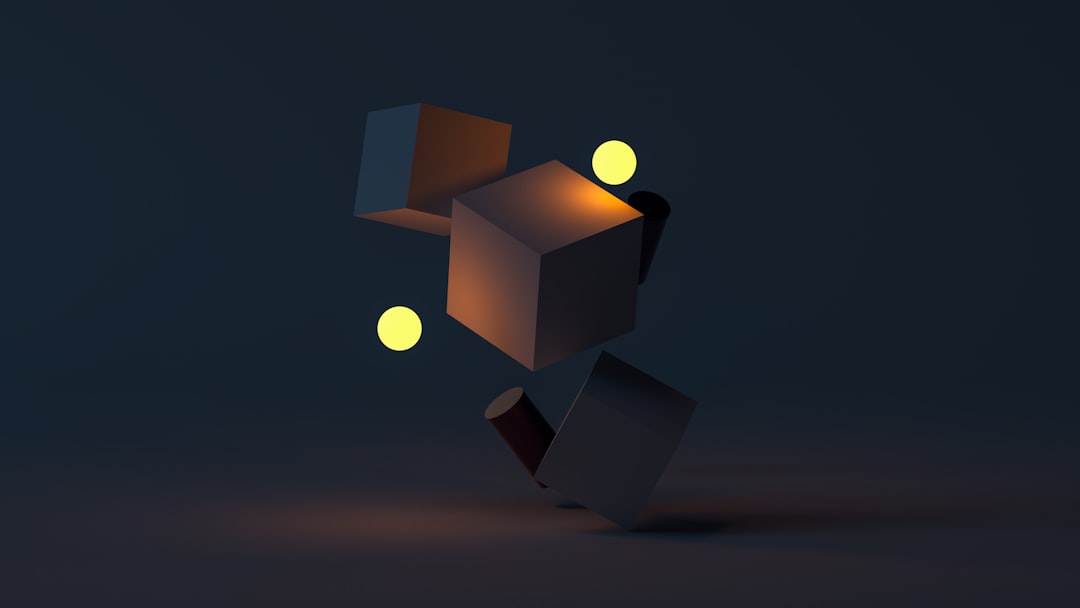The world of art is constantly evolving, and technology is playing an increasingly important role in this evolution. From digital art to NFTs, the intersection of art and technology is opening up new possibilities for artists and collectors alike. It’s an exciting time to be a part of this rapidly-changing industry, and there’s no telling where it will lead in the years to come.
As technology continues to advance, we’re seeing more and more artists embrace digital mediums as a way to express themselves. Digital art is no longer seen as a novelty, but as a legitimate form of artistic expression that has the potential to reach a wider audience than traditional art forms. With social media and online marketplaces, artists can now showcase their work to a global audience, and sell their pieces with just a few clicks.
But it’s not just digital art that’s changing the game. The emergence of NFTs, or non-fungible tokens, is revolutionizing the way we think about ownership and value in the art world. With NFTs, artists can create unique, one-of-a-kind digital pieces that are verifiably scarce and valuable. Collectors can own a piece of digital art that’s truly their own, with a record of ownership that’s stored on the blockchain.
Of course, there are challenges and criticisms to be considered as well. Some argue that the hype around NFTs is just a passing trend, while others worry about the environmental impact of blockchain technology. But there’s no denying that the art world is changing, and that technology is playing a significant role in that change.
So what’s next for the intersection of art and technology? Only time will tell. But one thing is certain: the boundaries of what we consider “art” are constantly expanding, and technology is helping to push those boundaries even further. It’s an exciting time to be a part of this evolution, and we can’t wait to see where it leads.
Digital Ownership: The Emergence of NFTs
In recent years, the art world has seen a revolutionary shift in the way that art is created, bought, and sold. With the emergence of non-fungible tokens (NFTs), digital ownership has become a reality, and artists can now monetize their digital creations in ways that were once impossible.
NFTs are unique digital assets that are stored on a blockchain, providing proof of ownership and authenticity. This technology has given rise to a new wave of crypto art, where artists can create digital works that are truly one-of-a-kind.
But what does this mean for artists and collectors? For artists, NFTs provide a new way to monetize their work, as they can now sell their digital creations as unique, one-of-a-kind pieces. This has opened up a whole new world of possibilities for artists who were once limited by the traditional art world.
For collectors, NFTs provide a new way to own and display digital art. Unlike traditional art, which is often stored away in a vault or gallery, digital art can be displayed on screens and enjoyed by anyone, anywhere. And with the unique proof of ownership provided by NFTs, collectors can be sure that they are the only ones who own a particular piece.
Of course, as with any new technology, there are challenges and criticisms surrounding NFTs and crypto art. Some argue that the environmental impact of blockchain technology is too great, while others question the value of digital art compared to traditional art.
But regardless of these challenges, there is no denying that NFTs and crypto art represent a major shift in the art world. As technology continues to evolve, we can expect to see even more exciting developments in the intersection of art and technology.
So whether you are an artist, collector, or simply a fan of art, the emergence of NFTs and crypto art is something to be excited about. Who knows what the future holds for this exciting new field? All we know is that the possibilities are endless.
This has opened up a whole new world of possibilities for artists who were once limited by the traditional art world.
From Pixels to Masterpieces: Examples of Crypto Art
Crypto art is a relatively new phenomenon, but it has already produced some stunning and innovative works. Artists from around the world are exploring the possibilities of blockchain technology and creating digital masterpieces that challenge our traditional notions of art and ownership.
One of the most famous examples of crypto art is “Everydays: The First 5000 Days” by Beeple. This digital collage sold at Christie’s auction house for a staggering $69 million, making it one of the most expensive pieces of art ever sold by a living artist. The artwork is a collection of 5,000 images that Beeple created over the course of 13 years, and it represents a landmark moment in the acceptance of crypto art in the mainstream art world.
Another notable example is “Forever Rose” by Kevin Abosch. This artwork is a digital representation of a single rose that Abosch created using blockchain technology. It is unique in that it is a one-of-a-kind piece that cannot be replicated or duplicated. The artwork sold for 1 million euros in 2018, making it one of the most expensive crypto art pieces ever sold.
“Quantum” by Trevor Jones is also a noteworthy example of crypto art. This surreal and vibrant artwork depicts a giant golden Buddha surrounded by a sea of skulls and flowers. The artwork is not only visually stunning, but it also has layers of symbolism and meaning that can be explored and interpreted by the viewer.
These examples of crypto art demonstrate the range and diversity of the genre. From digital landscapes to surrealist portraits, these artworks push the boundaries of what is possible with technology and challenge our preconceived notions of art.
As more artists experiment with blockchain technology and explore the possibilities of crypto art, we can expect to see even more groundbreaking and innovative works in the years to come. The future of art is digital, and crypto art is leading the way.
The Benefits of Crypto Art for Artists and Collectors
As with any new technology, there are both benefits and challenges that come with the rise of crypto art. However, there are many reasons why both artists and collectors are turning to this new form of digital ownership.
Firstly, crypto art offers a more secure and transparent way for artists to sell their work. By using blockchain technology, artists can ensure that their art is truly unique and cannot be duplicated or counterfeited. This not only adds value to the work, but also gives artists greater control over their creations.
Additionally, crypto art allows for more direct interaction between artists and collectors. Rather than relying on galleries or auction houses to sell their work, artists can now sell directly to their fans and supporters. This not only cuts out the middleman, but also allows for a more personal and rewarding experience for both parties.
For collectors, crypto art offers a new way to invest in and support emerging artists. By purchasing a piece of crypto art, collectors not only own a unique and valuable piece of digital art, but also support the artist behind it. This can be a more meaningful investment than simply buying a piece of art for its aesthetic value.
Furthermore, the rise of crypto art has opened up new opportunities for artists to monetize their work. Through the use of smart contracts, artists can receive a percentage of the resale value of their art. This means that artists can continue to benefit from the value of their work even after it has been sold.
Overall, the benefits of crypto art for both artists and collectors are numerous. From increased security and transparency to more direct interaction and meaningful investments, crypto art is changing the way we think about art ownership and the art market. As the technology continues to evolve, it will be exciting to see how artists and collectors continue to embrace this new form of digital ownership.
This can be a more meaningful investment than simply buying a piece of art for its aesthetic value.
Challenges and Criticisms of Crypto Art
While it’s exciting to see the emergence of a new medium for artists and collectors, crypto art is not without its challenges and criticisms. One of the main criticisms is the environmental impact of blockchain technology, which is used to authenticate and secure NFT transactions. The high energy consumption required for blockchain processing has been a cause for concern among environmental activists.
Another criticism is the potential for fraud and unethical behavior in the crypto art market. Because NFTs allow for anonymity in transactions, there is a risk of fake or stolen artwork being sold as authentic. Additionally, some artists and collectors have been accused of artificially inflating the value of their work through self-purchasing or collusion with others.
There is also the criticism that the hype surrounding NFTs and crypto art is simply a fad or bubble that will eventually burst. Critics argue that the high prices paid for some NFTs are not sustainable and that the market will eventually reach a saturation point.
Despite these challenges and criticisms, it’s important to remember that any new technology or medium will face hurdles and skepticism. It’s up to the artists, collectors, and industry professionals to work together to address these issues and ensure the integrity and longevity of the crypto art market.
As with any art form, there will always be differing opinions and perspectives on the value and significance of crypto art. However, one thing is certain – the intersection of art and technology has opened up a world of possibilities for artists and collectors alike. It’s up to us to embrace this new frontier with an open mind, a spirit of innovation, and a commitment to ethical and sustainable practices.
Another criticism is the potential for fraud and unethical behavior in the crypto art market.
The Future of Crypto Art: What’s Next for NFTs?
As with any emerging technology, the future of crypto art and NFTs is uncertain, but the possibilities are endless. Some experts predict that NFTs could become a new standard for ownership and authentication, not just in the art world, but in industries such as music, film, and even real estate.
One potential development is the integration of NFTs with virtual reality (VR) and augmented reality (AR) technology. Imagine being able to explore a digital art gallery in VR, where each piece is a unique NFT that you can interact with and purchase. Or imagine walking down the street and seeing a public art installation that only exists in AR, but can be purchased and owned through an NFT.
Another potential development is the use of smart contracts to automate royalties for artists. Currently, artists only receive a portion of the profits from the initial sale of their work, but with NFTs and blockchain technology, smart contracts could ensure that artists receive a percentage of the profits from every subsequent sale.
However, there are also concerns about the environmental impact of NFTs, as the energy required for blockchain transactions can be significant. Some artists and collectors are also hesitant to fully embrace NFTs because of the perceived elitism and exclusivity of the crypto art market.
Despite these challenges, the potential for NFTs to revolutionize the art world is too great to ignore. As more artists and collectors experiment with crypto art and new use cases emerge, it will be exciting to see how the technology evolves and what new opportunities it creates for the intersection of art and technology.
Some experts predict that NFTs could become a new standard for ownership and authentication, not just in the art world, but in industries such as music, film, and even real estate.
Conclusion: The Continued Evolution of the Art World Through Technology
As we’ve explored in this blog post, the intersection of art and technology has given birth to a new medium of expression: crypto art. NFTs have emerged as a way for digital art to be owned and valued in an entirely new way, allowing for creators to receive compensation for their creations in a way that was never before possible.
But crypto art is not without its challenges and criticisms. Some have raised concerns about the environmental impact of the blockchain technology used to create and sell NFTs, while others question the legitimacy of the value placed on digital art.
Despite these challenges, the benefits of crypto art for artists and collectors cannot be ignored. With NFTs, digital art can now be bought and sold like physical art, and creators can receive compensation for their work in a way that was previously impossible.
What’s next for NFTs and the world of crypto art? Only time will tell. But one thing is certain: the continued evolution of the art world through technology is an exciting and inspiring journey to be a part of. As technology continues to advance, we can only imagine the new forms of art that will emerge and the ways in which they will be shared and valued.
So let’s stay curious, open-minded, and supportive of the artists who are pushing the boundaries of what art can be. Let’s embrace the opportunities that technology presents us to connect with each other and to express ourselves in new and exciting ways. And above all, let’s continue to celebrate the power of art to inspire, challenge, and connect us all.





